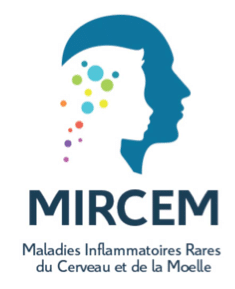
Impact of neuromyelitis optica spectrum disorder on employment and income in the United States
Journal: Annals of Clinical and Translational Neurology; February 20, 2024
Author(s): Isabella Gomez Hjerthen, Cristina Trápaga Hacker, William Meador, Ahmed Z. Obeidat, Lucas Horta, Farrah J. Mateen
Impact of NMOSD on employment and income in the US
In this study, working-age NMOSD patients participated in a survey designed to understand factors like loss of jobs, income, and work hours associated with this disease in the US.
Of 127 participants (mostly female and Caucasian; average diagnosis age 38.7 years, average disease duration 6.4 years), among whom 94% were under immunotherapy, 56% lost a job due to NMOSD. While 80% were employed before diagnosis, only 68% were after diagnosis. 36% of participants said they no longer worked outside the home, and 68% of those who were employed before diagnosis had to reduce their work hours by about 18 hours per month after. The growth in average annual income was lower for patients than the estimated average in the US. 60% of participants had a regular unpaid caregiver; 34% of caregivers changed their work hours or job to help manage NMOSD.
Free Access: Full text
































